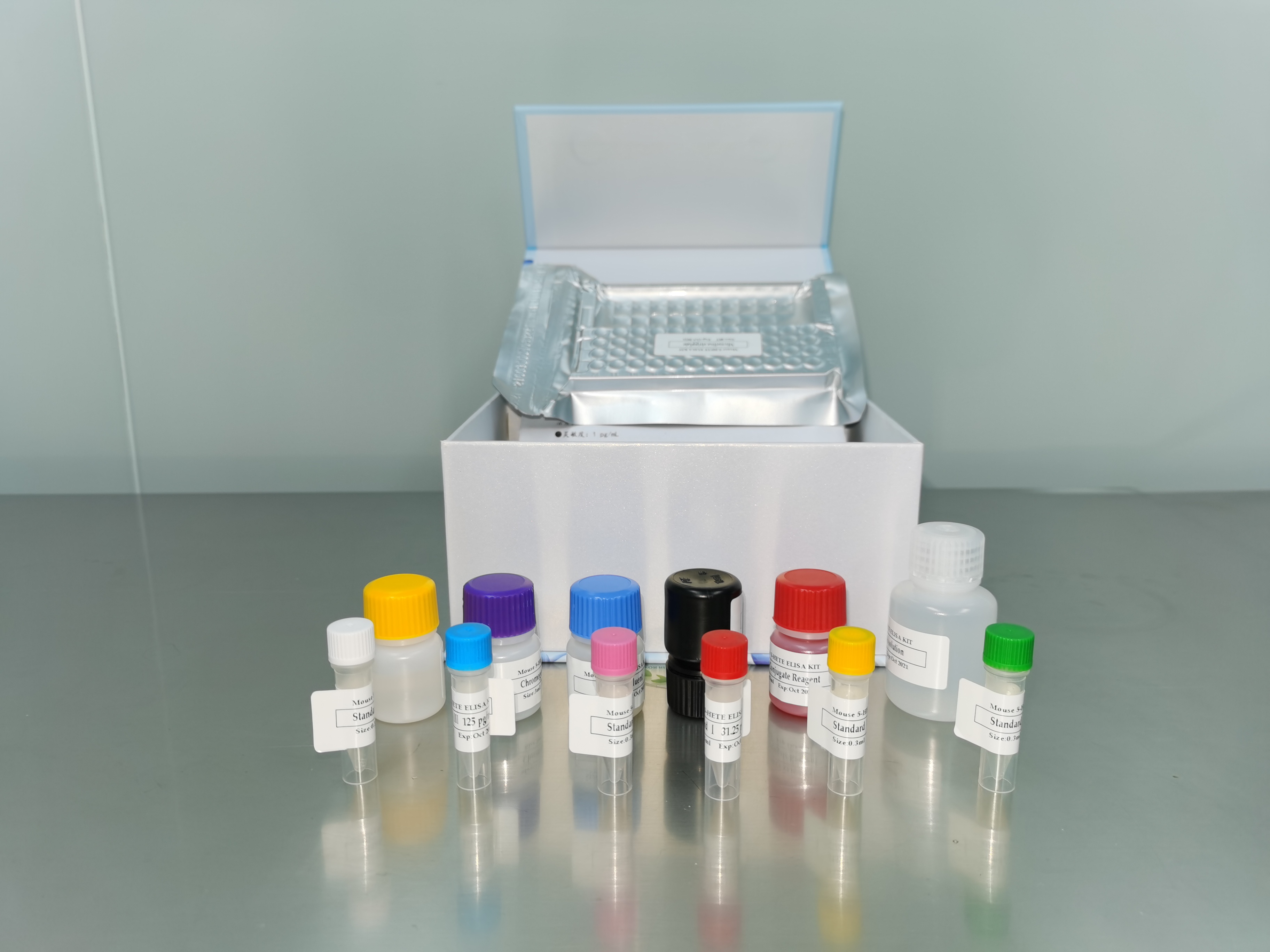| 产品名称: | Crithidia sp. |
|---|---|
| 商品货号: | TS136529 |
| Strain Designations: | Pip |
| Biosafety Level: | 1
Biosafety classification is based on U.S. Public Health Service Guidelines, it is the responsibility of the customer to ensure that their facilities comply with biosafety regulations for their own country. |
| Isolation: | Photinus pyralis gut, Beltsville, MD, 1984 |
| Product Format: | frozen |
| Type Strain: | no |
| Comments: | Multiple distinct site-specific elements in miniexon arrays |
| Medium: | ATCC® Medium 355: Crithidia medium |
| Growth Conditions: | Temperature: 25.0°C Duration: axenic Protocol: ATCCNO: 11745 SPEC: See general instructions for thawing and storage of frozen material before proceeding. Add thawed contents to a single 16 x 125 mm glass screw-capped test tube of the appropriate medium. Incubate the culture vertically with the cap screwed on tightly. It is essential to establish cultures initially in small volumes. Once established, the culture can be scaled up to larger volumes. Vigorously agitate the culture and aseptically transfer 0.1 ml of culture to a fresh tube of medium weekly. |
| Subcultivation: | Protocol: ATCCNO: 11745 SPEC: See general instructions for thawing and storage of frozen material before proceeding. Add thawed contents to a single 16 x 125 mm glass screw-capped test tube of the appropriate medium. Incubate the culture vertically with the cap screwed on tightly. It is essential to establish cultures initially in small volumes. Once established, the culture can be scaled up to larger volumes. Vigorously agitate the culture and aseptically transfer 0.1 ml of culture to a fresh tube of medium weekly. |
| Cryopreservation: | 1. xa0 Prepare a 10% (v/v) sterile DMSO solution in fresh ATCC Medium 355.xa0 2.xa0xa0 Transfer a culture at peak density to centrifuge tubes and centrifuge at 525 x g for 5 minutes. 3.xa0xa0 Remove the supernatant and resuspend the cells in ATCC medium 355 to a concentration of 2 x 106 to 2 x 107 cells/ml. 4.xa0xa0 Mix the cell preparation and the DMSO in equal portions. Thus, the final concentration will be between 106 and 107 cells/ml and 5% (v/v) DMSO. 5.xa0xa0 Distribute the cell suspension in 0.5 ml aliquots into 1.0-2.0 ml sterile plastic screw-capped cryules (special plastic vials for cryopreservation).xa0 The time from the mixing of the cell preparation and DMSO stock solution before the freezing process is begun should be no less than 15 min and no longer than 30 min. 6.xa0xa0 Place the vials in a controlled rate freezing unit.xa0 From room temperature cool at -1°C/min to -40°C.xa0 If the freezing unit can compensate for the heat of fusion, maintain rate atxa0xa0xa0xa0xa0xa0xa0 -1°C/min through the heat of fusion.xa0 At -40°C plunge into liquid nitrogen. Alternatively, place the vials in a Nalgene 1°C freezing apparatus.xa0 Place the apparatus at -80°C for 1.5 to 2 hours and then plunge ampules into liquid nitrogen.xa0 (The cooling rate in this apparatus is approximatelyxa0xa0xa0xa0xa0xa0xa0xa0xa0xa0xa0xa0 -1°C/min.) xa0 7. The frozen preparations are stored in either the vapor or liquid phase of a nitrogen freezer. 8.xa0xa0 To establish a culture from the frozen state place an ampule in a water bath set at 35°C (2-3 min). Immerse the vial just sufficient to cover the frozen material. Do not agitate the vial. 9.xa0xa0 Immediately after thawing, aseptically remove the contents of the ampule and inoculate into 5 ml of fresh ATCC medium 355 in a 16 x 125 mm screw-capped test tube. Incubate upright at 25°C with caps screwed on tightly. |
| Name of Depositor: | TB Clark |
| Year of Origin: | 1984 |
| References: | Teng SC, et al. A new non-LTR retrotransposon provides evidence for multiple distinct site-specific elements in Crithidia fasciculata miniexon arrays. Nucleic Acids Res. 23: 2929-2936, 1995. PubMed: 7659515 |


